- Home
- slideshows
- miscellaneous
- The Boeing 737 Max Crisis could mark a seismic shift for the aviation industry. Here are the other disasters that have changed the way we fly.
The Boeing 737 Max Crisis could mark a seismic shift for the aviation industry. Here are the other disasters that have changed the way we fly.
Three crashes by the world’s first jet airliner changed the structure of planes

Two planes colliding over the Grand Canyon led to the creation of the Federal Aviation Administration
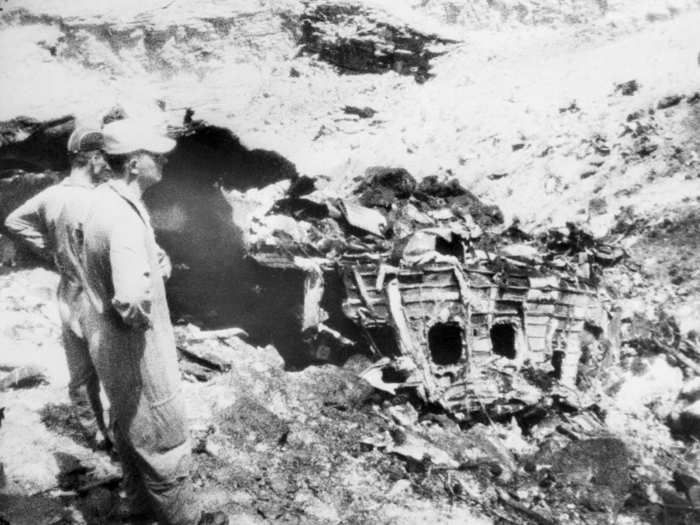
A Trans World Airlines jet collided mid-air with a United Airlines plane mid-air in Arizona in 1956, spilling debris into the Grand Canyon and killing all 128 people on board both planes.
It was the deadliest civil aviation disaster in the US at the time, and the fact that pilots did not see each others' planes with enough time to avoid crashing woke the country up to the need to regulate airspace and communications.
It led to the creation of the US Federal Aviation Administration, which now regulates the industry.
The worst plane crash in history changed how pilots and air traffic control communicate
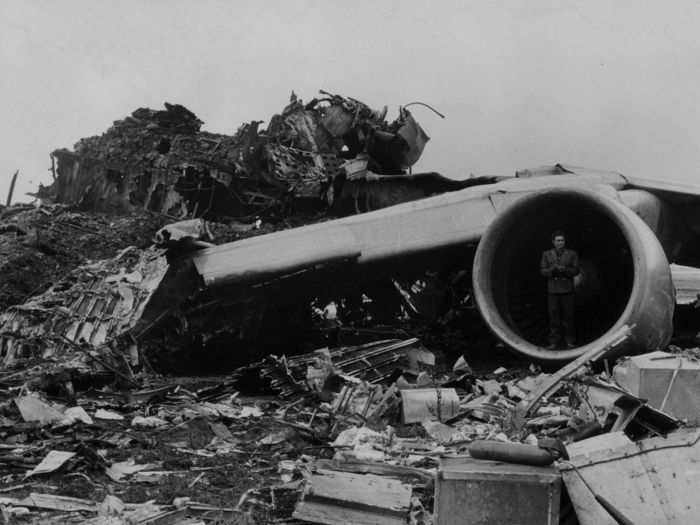
583 people were killed when KLM and Pan-Am jets, both Boeing 747s, collided on the runway of an airport on the island of Tenerife on a foggy day in 1977.
All 248 people on the KLM jet were killed, while 61 of the Pam Am plane's 396 occupants survived the deadliest aviation disaster in history.
But neither jet was supposed to be there: the planes were diverted to the airport because of a bomb scare at another airport. A mix-up in communications between air traffic control and the pilots led to the KLM pilot starting to take off down the runway and crashing into the Pan Am plane that was still preparing to take off.
Negroni told Business Insider that the crash is considered the "the birth of crew resource management — or what are the ways that people communicate badly or fail to communicate that leads pilots to continue to go down an unsafe path."
She said it was the start of a big effort to understand how human communication, from pilots to air traffic control, could be improved in the aviation industry.
The disaster was also a catalyst in making clear, English phrases standard across the industry, to avoid the same confusion in the future.
A fire that ripped through the cabin of a British plane forced aircraft makers to change the materials they used
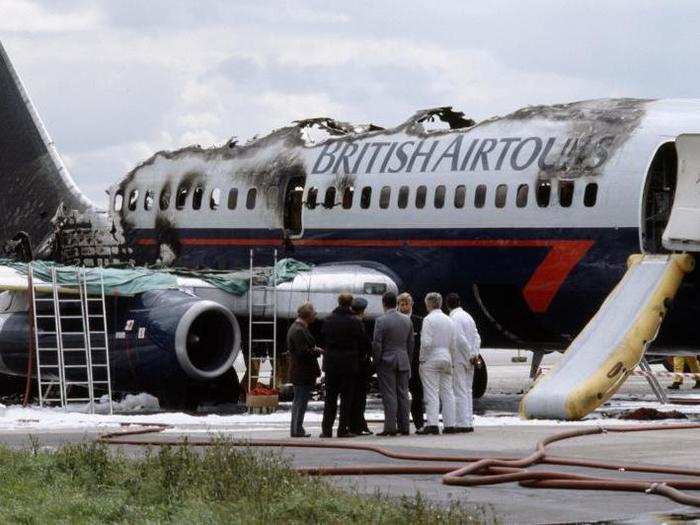
A British Airtours Boeing 737 caught on fire on the runway of Manchester Airport, UK, in 1985, killing 55 people.
An engine failure punctured the plane's fuel tank and caused it to ignite, and the investigation found that materials used in the cabin were actually toxic. Most of the 55 people killed — out of 137 on board — died of smoke inhalation.
In response, materials like seat covers were changed to be fire resistant.
Negroni told Business Insider that these sorts of disasters forced regulators and manufacturers to think how to "make the airplane more survivable" in case a disaster does happen, and this included moves like introducing "non-toxic fabrics and frame retardant materials."
A plane's roof blowing off led to new research about how old planes can be and still fly
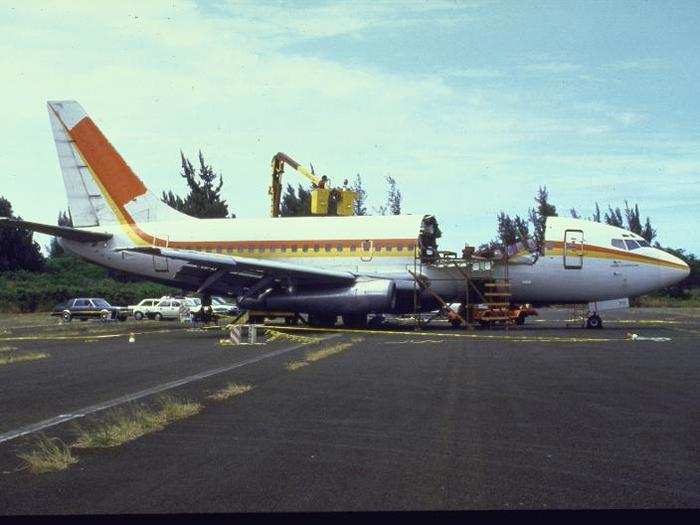
A section of the roof of an Aloha Airlines plane ripped off while the plane was flying at 24,000 feet in 1988.
One crew member was killed and eight were injured, and the captain later said that "there was blue sky where the first-class ceiling had been."
The plane, a Boeing 737, was 19 years old, promoting the FAA to create the National Aging Aircraft Research Program, which looks at the structural integrity of older planes.
Another fatal on-board fire brought new alarms and materials on to planes
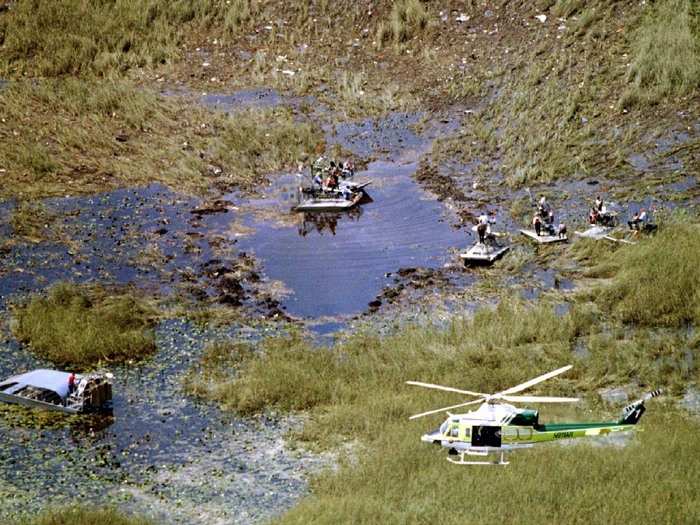
A fire on board a ValuJet flight in Florida in 1996 melted the aircraft's controls and spread into the cabin, causing the aircraft to crash, killing all 110 people on board.
The investigation found that oxygen generators in the cargo hold did not have proper safety caps and ignited during the flight. The disaster prompted the FAA to require all aircraft to have equipment to detect and fight fires.
The Concorde disaster showed that even a revolutionary, largely safe aircraft can be discontinued after a crash
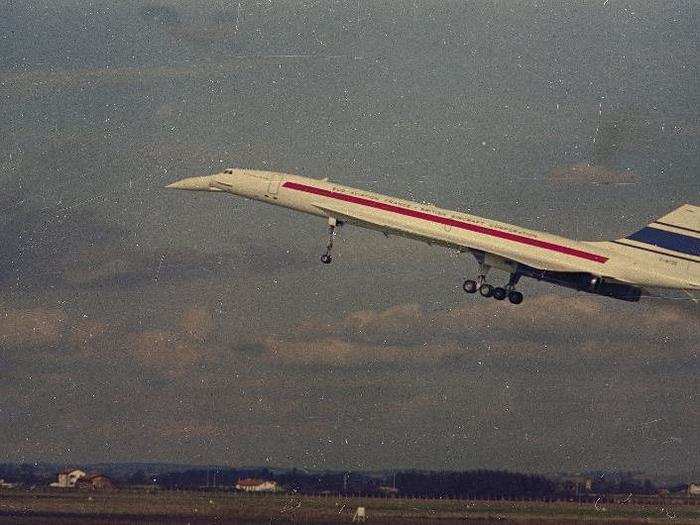
The Concorde was the world's only supersonic airliner, travelling at more than twice the speed of sound and bringing passengers from New York to London in less than 3.5 hours.
It was considered one of the world's safest airplanes until one crashed into a hotel in July 2000, killing 113 people. According to the BBC, Concorde "never recovered" after the crash, and both British Airways and Air France announced in 2003 that they were permanently grounding the plane.
While the slower economy and the effects that 9/11 had on aviation would not have helped Concorde, it showed how one fatal crash can permanently tarnish even a pioneering and generally safe plane.
The 9/11 terror attack was a major moment in aviation safety history
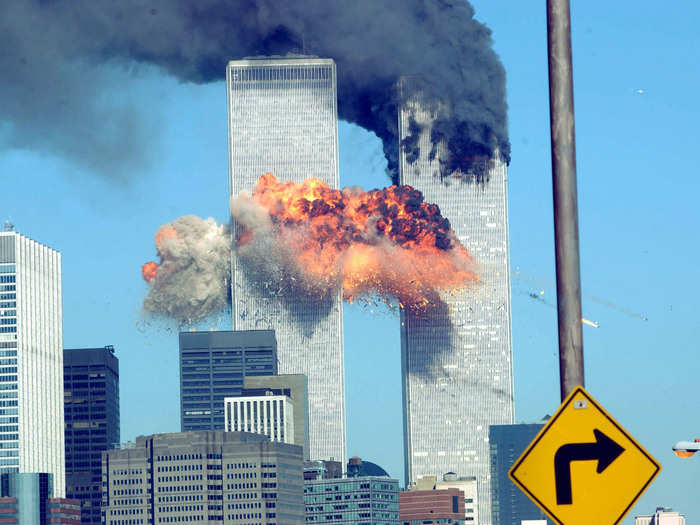
Four US passenger planes were hijacked in September 2001, with two flown into the two towers of New York's World Trade Center.
2,753 people were killed in the attacks, but the death toll is still rising as first responders and people who were nearby die from conditions, including cancer, relating to lasting health effects caused by exposure to the debris from the collapsed buildings.
The deadliest terrorist attack on US soil led to vastly increased security checks in airports, with the Transportation Security Administration screening passengers, items such as knives banned from flights, and new technology to check luggage and passengers introduced.
The attacks also changed the planes themselves, with passengers unable to access pilots behind more secure doors.
A plane's mysterious plunge into the ocean changed how pilots and automated systems interact
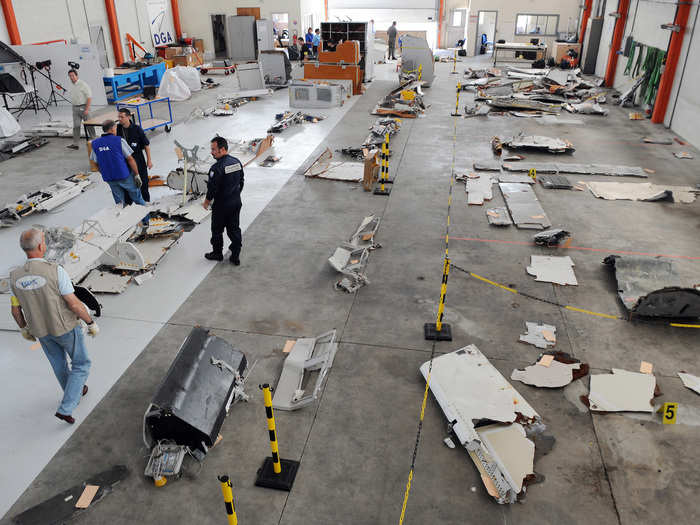
Air France flight 447's dive into the Atlantic in 2009 killed 228 people, and the final report in the investigation blamed pilots' reactions to the plane's automated systems.
The plane's mysterious disappearance from radar baffled the industry, but was ultimately blamed on the pilot's response to the information on the plane's indicators.
The heavily automated Airbus A330 plane was showing alarming readings, and the pilots believed that they were broken and ignored them, the investigation found.
Negroni told Business Insider that the event was a "lightbulb event" for how the industry dealt with automation and computerized systems. The FAA urged airlines to make sure pilots could fly planes manually, decreasing reliance on automated systems.
The most famous aviation mystery is changing how we track planes in the sky
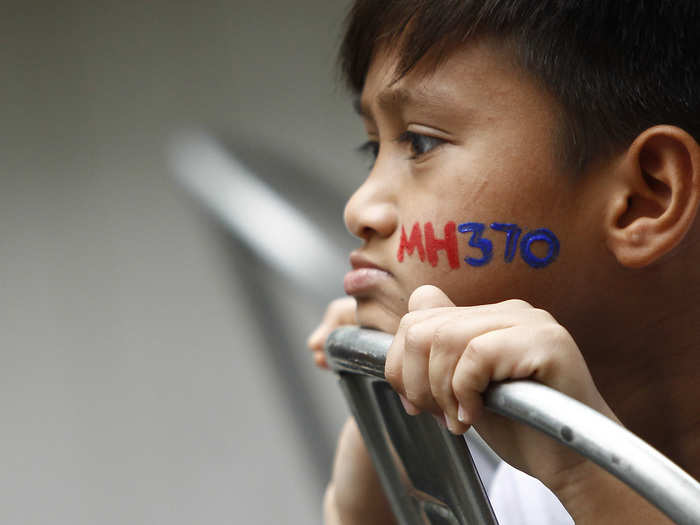
Malaysia Airlines flight MH370 disappeared in 2014 with 239 people on board, and has remained a mystery as international investigators are unable to uncover the location of the plane or what caused it to crash.
The plane vanished on its way from Kuala Lumpur, Malaysia, to Beijing, and Malaysia's major report after years of investigations said it couldn't determine what happened.
Theories from a hijacking to a suicidal pilot to a mechanical malfunction have all been put forward.
But while families still look for answers, the aviation industry has responded by introducing new systems that monitor aircraft in the sky, which will be introduced on planes by 2021.
The 737 Max crashes could change how the US certifies its planes, and change the US's standing in aviation

The Ethiopian Airlines Boeing 737 Max plane that crashed and killed 157 people in March came less than five months after a Lion Air Boeing 737 Max crashed and killed 189 people in October 2018.
Since the crashes, the US's reputation as the gold standard for aviation safety has come into question, and Boeing and the Federal Aviation Administration now face multiple federal investigations into how the plane was made and certified.
Members of Congress are questioning the system that allows aircraft manufacturers to help certify their own planes, with some pushing for reforms.
Negroni told Business Insider that Boeing was unlikely to emerge "unscathed" and that the system that gives them certification powers will likely be changed.
Popular Right Now
Popular Keywords
Advertisement